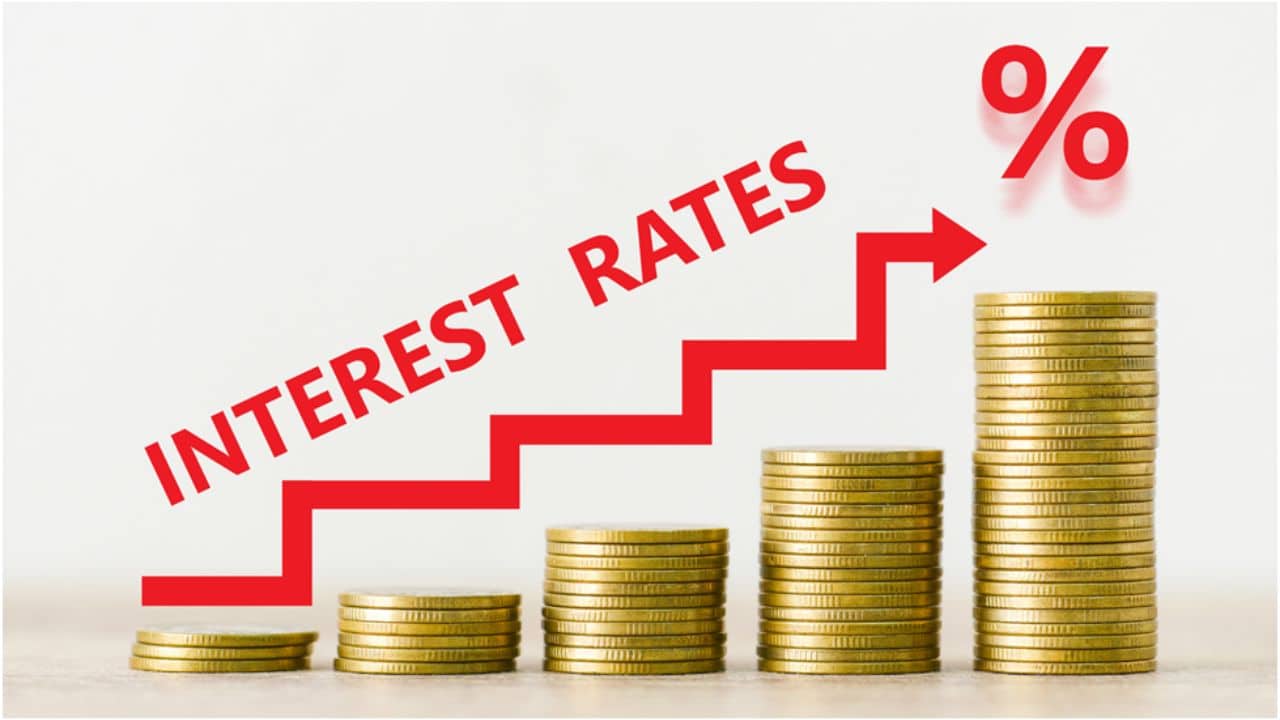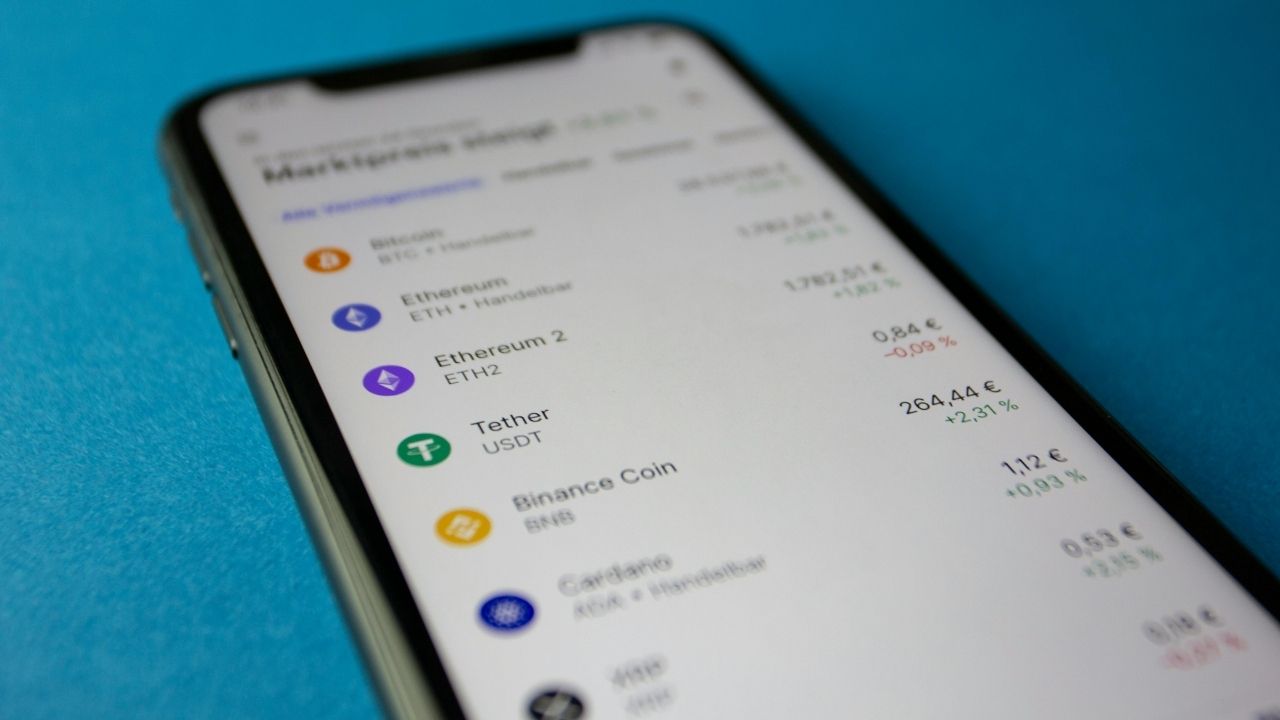Fixed Deposits (FDs) are a popular investment choice among individuals looking for a secure and stable return on their savings. With guaranteed returns and flexible tenure options, FDs cater to a variety of financial goals. One crucial aspect of investing in FDs is selecting the right tenure, as it significantly impacts the returns you earn. This article will guide you on how to choose the appropriate FD tenure based on interest rates, leveraging tools like the FD interest calculator to make informed decisions.
Understanding FD Interest Rates
FD interest rates are the returns offered by financial institutions on your fixed deposit investments. These rates vary based on several factors, including the tenure of the deposit, the amount invested, and the policies of the financial institution. Generally, longer tenures attract higher interest rates, but this is not a universal rule. It’s essential to understand the dynamics of interest rates to make the most of your FD investments.
Factors Influencing FD Interest Rates
- Economic Conditions: Central banks adjust key interest rates based on economic conditions. A favourable economic environment might lead to higher interest rates on FDs.
- Financial Institution Policies: Different banks and financial institutions offer varied interest rates based on their policies and market competition.
- Tenure: The duration for which you invest your money plays a significant role. Typically, longer tenures have higher interest rates, but this can vary.
- Amount Invested: Larger deposits may attract higher interest rates as an incentive from banks.
Choosing the Right FD Tenure
1. Short-Term Goals
For short-term financial goals, such as saving for a vacation or a small purchase, FDs with a tenure of 1 year or less are ideal. These deposits generally offer lower interest rates compared to long-term deposits but provide liquidity, allowing you to access your funds relatively quickly.
2. Medium-Term Goals
If your goals are medium-term, such as saving for a down payment on a house or for higher education expenses, consider FDs with tenures ranging from 1 to 5 years. These deposits often strike a balance between higher interest rates and access to your funds within a reasonable period.
3. Long-Term Goals
For long-term goals like retirement planning or creating a substantial financial corpus, FDs with tenures exceeding 5 years are suitable. These deposits typically offer the highest interest rates, maximising your returns over time. Additionally, long-term FDs benefit from compounding interest, significantly boosting your investment.
Using an FD Interest Calculator
An FD interest calculator is an essential tool for choosing the right FD tenure. It allows you to estimate the returns on your investment based on various interest rates and tenures. Here’s how you can use it effectively:
- Input Principal Amount: Enter the amount you plan to invest.
- Select Interest Rate: Input the interest rate offered by the financial institution.
- Choose Tenure: Enter the duration of the FD.
- Calculate Returns: The calculator will provide the maturity amount and the total interest earned.
Using an FD interest calculator helps you compare different tenures and interest rates, ensuring you make an informed decision that aligns with your financial goals.
Impact of Interest Rate Fluctuations
Interest rates are subject to fluctuations based on economic conditions and monetary policies. Here’s how different interest rate environments can influence your choice of FD tenure:
1. High-Interest Rate Environment
In a high-interest rate environment, locking in a longer tenure can be beneficial as it allows you to secure higher returns over an extended period. However, ensure that you won’t need access to these funds soon, as premature withdrawal might incur penalties and lower interest rates.
2. Low-Interest Rate Environment
When interest rates are low, it might be prudent to opt for shorter tenures. This strategy allows you to reinvest your funds at potentially higher rates when the economic conditions improve. Short-term FDs provide flexibility to adapt to changing interest rate scenarios.
Laddering Strategy
Laddering is an effective strategy to mitigate the risk of interest rate fluctuations and optimise returns. This involves spreading your investment across multiple FDs with different tenures. Here’s how it works:
- Divide Your Investment: Split your total investment amount into equal parts.
- Invest in Different Tenures: Place each part in FDs with varying tenures, such as 1 year, 3 years, and 5 years.
- Reinvest on Maturity: As each FD matures, reinvest the principal and interest in new FDs, adjusting for current interest rates.
Laddering provides regular access to your funds, allows you to capitalise on varying interest rates, and reduces the impact of interest rate volatility.
Tax Implications
Interest earned on FDs is subject to tax, and understanding the tax implications can influence your choice of tenure. Here’s what you need to know:
- Tax Deducted at Source (TDS): Banks deduct TDS if the interest earned exceeds a certain threshold. Ensure you consider the post-tax returns while choosing the tenure.
- Tax-Saving FDs: Some FDs come with tax benefits under Section 80C of the Income Tax Act. These have a lock-in period of 5 years but offer tax deductions on the principal amount invested.
Comparing FD Interest Rates
Comparing FD interest rates across various banks and financial institutions is crucial for maximising returns. Here’s how to do it:
- Research Online: Use online resources to compare interest rates offered by different banks.
- Visit Bank Websites: Check the official websites of banks for the latest interest rate updates.
- Consult Financial Advisors: Seek advice from financial advisors who can provide insights based on your financial goals.
Conclusion
Choosing the right FD tenure based on interest rates is a crucial step in maximising your returns and achieving your financial goals. By understanding the dynamics of ‘fd interest rates’ and utilising tools like the ‘fd interest calculator’, you can make informed decisions that align with your investment strategy. Whether you are saving for short-term needs or planning for long-term financial security, selecting the appropriate FD tenure will ensure that your investments yield the best possible returns.








































